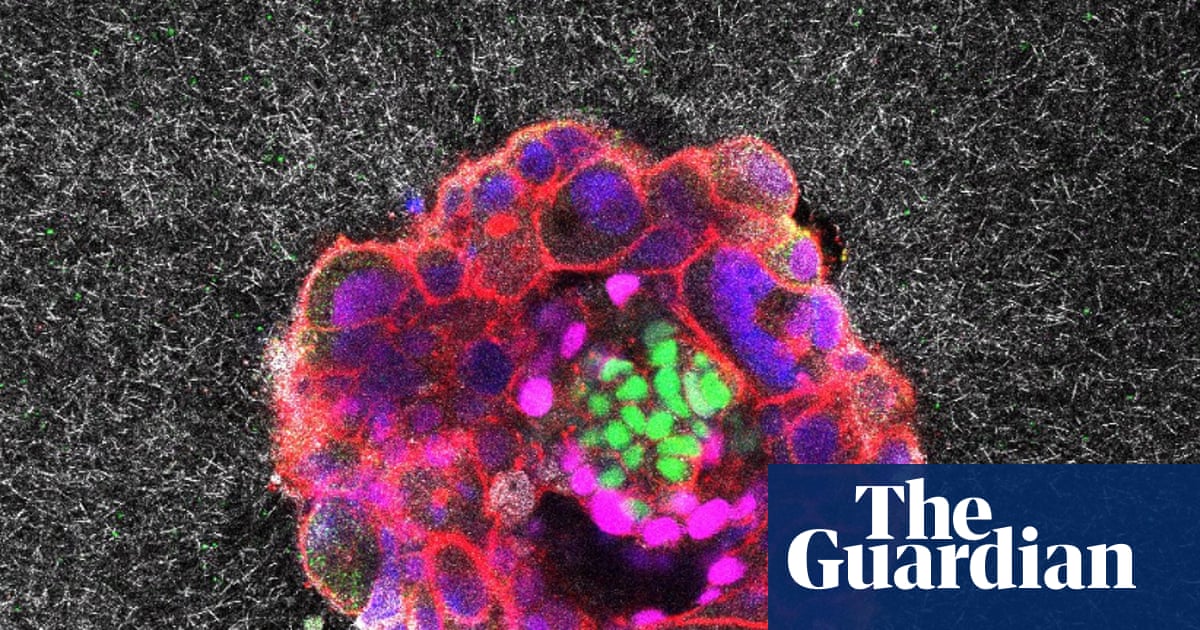First Real-Time Footage Reveals Human Embryo Implantation Process
Scientists captured the first real-time footage of human embryo implantation, revealing how embryos use force and enzymes to burrow into the uterus. This breakthrough offers new insights into infertility.
Overview
- Scientists have successfully captured the first-ever real-time footage of human embryo implantation, providing unprecedented insights into this crucial early stage of human development.
- The groundbreaking footage reveals that human embryos actively use force and release specific enzymes to burrow deep into the uterine tissue during the implantation process.
- This observation was made possible by developing a specialized platform that mimics the outer uterine tissue, allowing implantation to occur outside the uterus under controlled laboratory conditions.
- Research indicates that embryos employ enzymes to penetrate the fibers within the uterine matrix and break down surrounding tissue, facilitating their secure attachment.
- Understanding this process is vital, as implantation failure is a primary cause of infertility and accounts for approximately 60% of miscarriages, with about two-thirds of embryos failing to implant.
Report issue

Read both sides in 5 minutes each day
Analysis
Center-leaning sources cover this story neutrally, presenting the scientific breakthrough of human embryo implantation in real-time as a significant medical advancement. They focus on the research methodology and its potential to improve fertility treatments and prevent miscarriages. The language remains objective, describing the biological process factually without loaded terms or emotional appeals, prioritizing scientific facts and the researchers' perspectives on the study's implications.
Articles (3)
Center (2)
FAQ
Scientists developed a specialized tissue-engineered platform that mimics the outer uterine tissue, allowing embryo implantation to occur outside the uterus under controlled laboratory conditions, which enabled real-time observation using high-resolution microscopy.
Human embryos actively use mechanical force via integrins and release specific enzymes to degrade the uterine extracellular matrix fibers, enabling them to burrow deeply and embed securely into the uterine tissue.
Implantation failure is the leading cause of infertility and accounts for approximately 60% of miscarriages, with about two-thirds of embryos failing to implant, so insights into the implantation process could improve diagnosis and treatments for these reproductive challenges.
While both human and mouse embryos exert mechanical forces via integrins to attach to the matrix, mouse embryos invade only partially and grow superficially, whereas human embryos fully penetrate and become enveloped by the matrix during implantation.
Researchers aim to investigate how factors such as extracellular matrix stiffness and embryo invasion depth affect implantation mechanics and to analyze molecular crosstalk between embryo and uterus to develop new therapies for infertility and miscarriage.
History
- This story does not have any previous versions.



